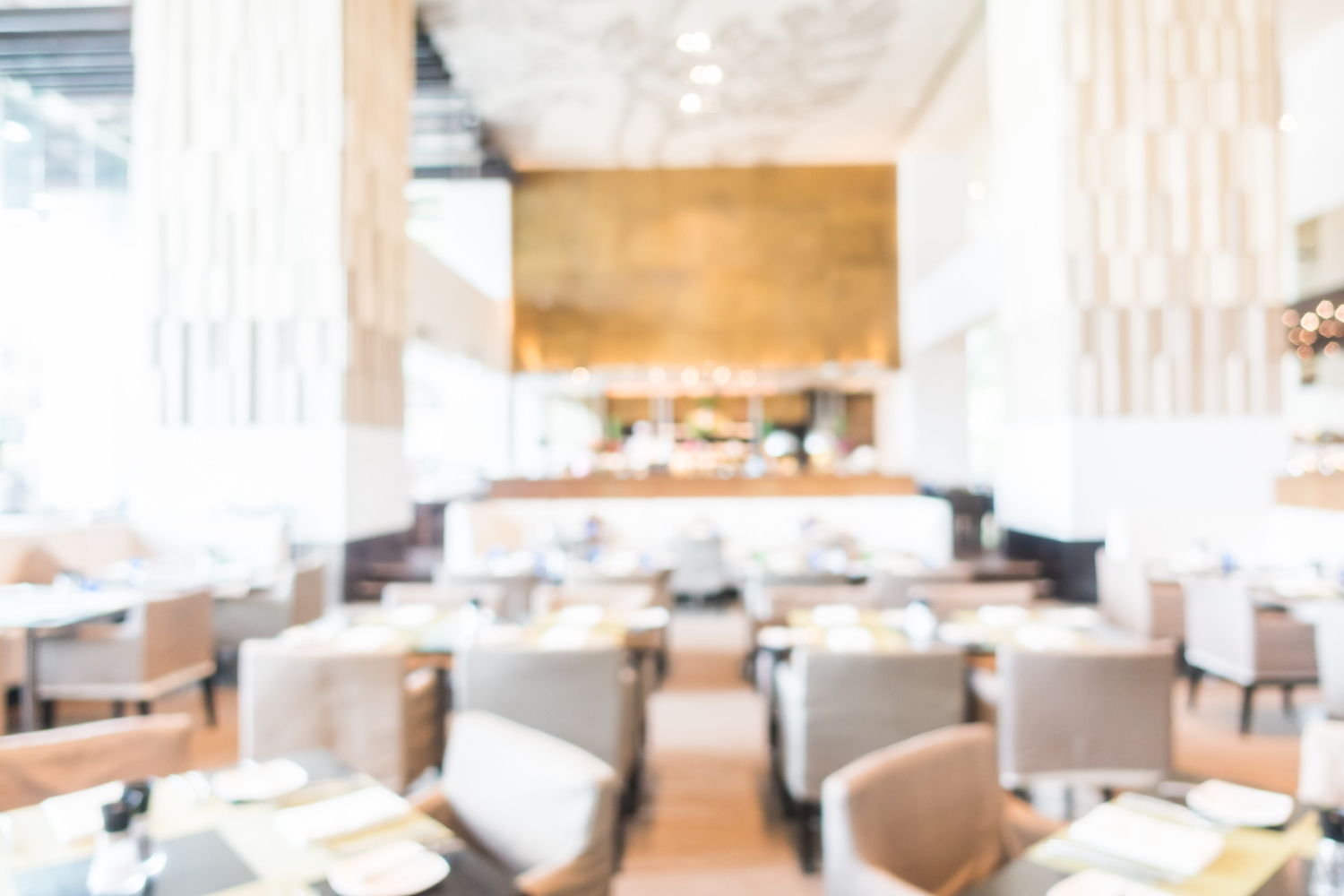In today’s food industry landscape, the value of a brand often outweighs that of production facilities themselves. Whether it’s small local businesses or historic labels, a brand represents reputation, consumer trust, and market positioning. This is especially true in a context where consumption is increasingly driven by quality, sustainability, and product origin.
In the food sector, a brand has a direct impact on consumer choices and access to distribution channels. It’s no coincidence that many investors—even international ones—are now more interested in acquiring a well-known brand than a manufacturing plant.
How Is a Food Brand Valued?
Evaluating a brand in the food sector involves several factors:
-
Awareness and recognition: How well is the brand known among consumers?
-
History and reputation: Is the brand associated with quality, tradition, or innovation?
-
Market presence: Through which channels is it distributed? Does it have agreements with large-scale retail or export partners?
-
Target segment: Is the brand active in organic, gourmet, or ready-to-eat sectors?
-
Financial performance: Are its results supported by strong sales data?
A brand’s value can also be significantly influenced—positively or negatively—by packaging choices, storytelling, and digital communication, all of which are critical in the food industry.
It is not uncommon for food brands to be included in judicial or bankruptcy auctions, following insolvency proceedings involving companies in the sector. In such cases, the brand is sold as an intangible asset, often together with other assets (such as patents, machinery, inventory, or real estate), but sometimes on its own.
Online auctions, increasingly common for this type of asset, represent a real opportunity for companies in the sector or for new players looking to quickly enter the market with an already recognized brand.

Why Invest in a Brand at Auction?
Acquiring a food brand at auction can be a strategic move to:
-
Expand your product range, by integrating a new label into your portfolio
-
Reposition in the market, leveraging the reputation of a historic brand
-
Enter a new segment, such as organic, gluten-free, or fresh-cut products
-
Revive a discontinued business, keeping local or artisanal traditions alive
There’s also an economic advantage: often, the starting price of these assets is lower than their actual market potential.
Trends and High-Growth Segments
If you’re considering purchasing a food brand, it’s helpful to be aware of the most dynamic market segments:
-
Organic and natural products: a fast-growing market driven by green demand
-
Ready-to-eat and convenience foods: meet the needs of urban, time-poor consumers
-
Regional and DOP products: valued for their quality and authenticity
-
Plant-based foods: growing steadily due to ethical and health-conscious choices
-
Artisanal baked goods and snacks: highly appreciated for their strong profit margins
Brands operating in these segments are among the most sought-after—even in the online auction market.
How to Monitor Food Brand Auctions
While not held daily, auctions featuring food brands can be tracked through specialized platforms like Gobid.it, which offers advanced filters by category and asset type.
You can also save searches or activate alerts to receive personalized notifications—a smart strategy to seize the right opportunity at the right time.
In the food sector, a brand is much more than just a logo—it’s a strategic asset. For those operating in or aiming to enter the agri-food industry, monitoring the brand market—even through online auctions—can lead to valuable investments and successful business turnarounds.
Don’t miss the chance to discover historic, innovative, or niche brands: sometimes, the perfect opportunity presents itself… at auction.
Correlated Articles
Find our news

Get the most out of your assets.
Discover how to transform your
movable assets into financial resources.


